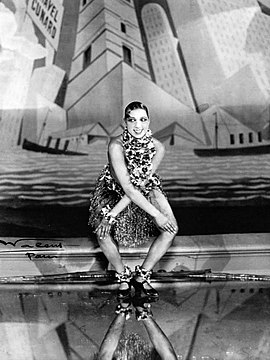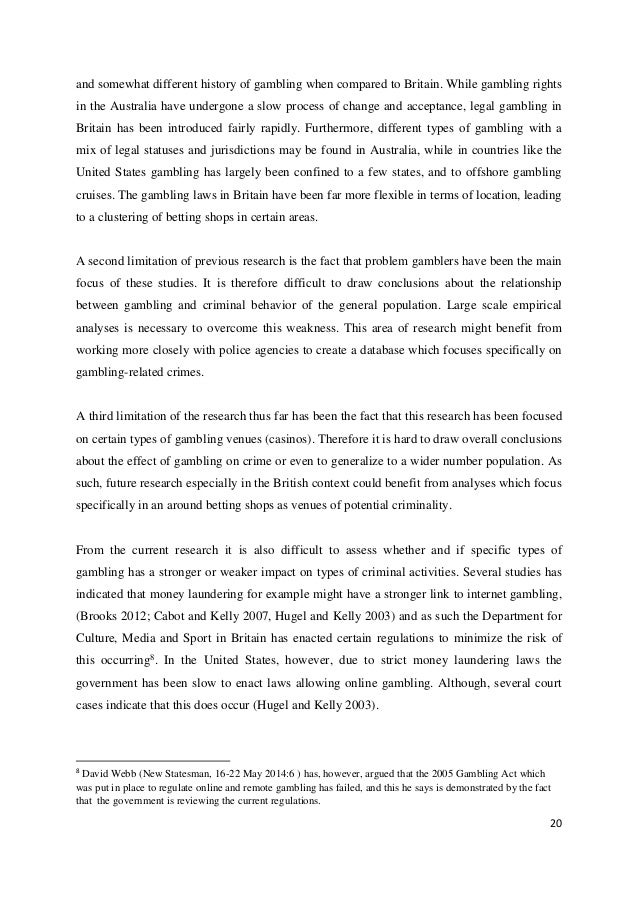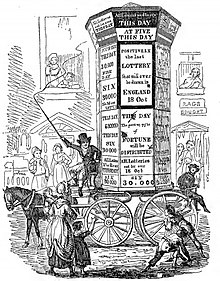Was Gambling Illegal In The 1920s Uk
Speakeasies Were Prohibition’s Worst-Kept Secrets
- Was Gambling Illegal In The 1920s Uk Border
- Was Gambling Illegal In The 1920s Uk Census
- Was Gambling Illegal In The 1920s Ukrainian
By the end of 1910 virtually all gambling is outlawed in the United States. The 18th Amendment, prohibition, is submitted by the Congress to the states. Prohibition becomes law in 1919 when.
- IndiansinUK Forum - Member Profile Profile Page. User: Gambling games no deposit 777spinbitcoin slot.com, gambling games in the 1920s, Title: New Member, About: Gambling games no deposit 777spinbitcoin slot.com &n.
- We have leveraged our industry experience to work out some cool and exclusive no deposit bonuses from some of the Was Gambling Legal In The 1920s best casinos around for US players. The bonus codes on our site are unique, which means you can use them only if.
- THE 1920s — The original 1922 Casino was a dance hall and night club. We have an early poster advertising Whitey Kaufman and his orchestra to appear at the Mount Pocono Casino on June 29, 1927. Click on the poster to see larger image. Dancing was from 9 p.m.
When Prohibition took effect on January 17, 1920, many thousands of formerly legal saloons across the country catering only to men closed down. People wanting to drink had to buy liquor from licensed druggists for “medicinal” purposes, clergymen for “religious” reasons or illegal sellers known as bootleggers. Another option was to enter private, unlicensed barrooms, nicknamed “speakeasies” for how low you had to speak the “password” to gain entry so as not to be overheard by law enforcement.

The result of Prohibition was a major and permanent shift in American social life. The illicit bars, also referred to as “blind pigs” and “gin joints,” multiplied, especially in urban areas. They ranged from fancy clubs with jazz bands and ballroom dance floors to dingy backrooms, basements and rooms inside apartments. No longer segregated from drinking together, men and women reveled in speakeasies and another Prohibition-created venue, the house party. Restaurants offering booze targeted women, uncomfortable sitting at a bar, with table service. Italian-American speakeasy owners sparked widespread interest in Italian food by serving it with wine.
Organized criminals quickly seized on the opportunity to exploit the new lucrative criminal racket of speakeasies and clubs and welcomed women in as patrons. In fact, organized crime in America exploded because of bootlegging. Al Capone, leader of the Chicago Outfit, made an estimated $60 million a year supplying illegal beer and hard liquor to thousands of speakeasies he controlled in the late 1920s.
The competition for patrons in speakeasies created a demand for live entertainment. The already-popular jazz music, and the dances it inspired in speakeasies and clubs, fit into the era’s raucous, party mood. With thousands of underground clubs, and the prevalence of jazz bands, liquor-infused partying grew during the “Roaring Twenties,” when the term “dating” – young singles meeting without parental supervision — was first introduced.
Speakeasies were generally ill-kept secrets, and owners exploited low-paid police officers with payoffs to look the other way, enjoy a regular drink or tip them off about planned raids by federal Prohibition agents. Bootleggers who supplied the private bars would add water to good whiskey, gin and other liquors to sell larger quantities. Others resorted to selling still-produced moonshine or industrial alcohol, wood or grain alcohol, even poisonous chemicals such as carbolic acid. The bad stuff, such as “Smoke” made of pure wood alcohol, killed or maimed thousands of drinkers. To hide the taste of poorly distilled whiskey and “bathtub” gin, speakeasies offered to combine alcohol with ginger ale, Coca-Cola, sugar, mint, lemon, fruit juices and other flavorings, creating the enduring mixed drink, or “cocktail,” in the process.
As bootlegging enriched criminals throughout America, New York became America’s center for organized crime, with bosses such as Salvatore Maranzano, Charles “Lucky” Luciano, Meyer Lansky and Frank Costello. At the height of Prohibition in the late 1920s, there were 32,000 speakeasies in New York alone. The most famous of them included former bootlegger Sherman Billingsley’s fashionable Stork Club on West 58th Street, the Puncheon Club on West 49th favored by celebrity writers such as Dorothy Parker and Robert Benchley, the Club Intime next to the famous Polly Adler brothel in Midtown, Chumley’s in the West Village and dives such as O’Leary’s in the Bowery. Harlem, the city’s black district, had its “hooch joints” inside apartments and the famed Cotton Club, owned by mobster Owney Madden, on 142nd Street.

Owners of speakeasies, not their drinking customers, ran afoul of the federal liquor law, the Volstead Act. They often went to great lengths to hide their stashes of liquor to avoid confiscation – or use as evidence at trial — by police or federal agents during raids. At the 21 Club on 21 West 52nd (where the Puncheon moved in 1930), the owners had the architect build a custom camouflaged door, a secret wine cellar behind a false wall and a bar that with the push of a button would drop liquor bottles down a shoot to crash and drain into the cellar.
Near the end of the Prohibition Era, the prevalence of speakeasies, the brutality of organized criminal gangs vying to control the liquor racket, the unemployment and need for tax revenue that followed the market crash on Wall Street in 1929, all contributed to America’s wariness about the 18th Amendment. With its repeal via the 21st Amendment in 1933 came an end to the carefree speakeasy and the beginning of licensed barrooms, far lower in number, where liquor is subject to federal regulation and taxes.

What was it like to live in the 1920s? The 1920s, also known as the ‘Roaring Twenties’, was a decade of contrasts. The First World War had ended in victory, peace had returned and with it, prosperity.
For some the war had proved to be very profitable. Manufacturers and suppliers of goods needed for the war effort had prospered throughout the war years and become very rich. For the ‘Bright Young Things’ from the aristocracy and wealthier classes, life had never been better. Nightclubs, jazz clubs and cocktail bars flourished in the cities. The hedonistic lifestyle portrayed in books and films such as ‘The Great Gatsby’ was perhaps for some, an escape from reality. This generation had largely missed the war, being too young to fight, and perhaps there was a sense of guilt that they had escaped the horrors of war. Perhaps they felt a need to enjoy life to the full, because so many other young lives had been lost on the battlefields of Flanders.
P.G. Wodehouse and Nancy Mitford, herself a ‘Bright Young Thing’, portray the ‘Roaring Twenties’ in Britain in their novels. Both authors politely poke fun at the socialites and upper classes, but their novels give a good idea of the heady days of the 1920s.
The experiences during the War influenced British society, particularly women. During the war, many women had been employed in the factories, giving them a wage and therefore a certain degree of independence. Women over 30 had been given the vote in 1918, and by 1928 this had been extended to all women over the age of 21.
Women felt more confident and empowered, and this new independence was reflected in the new fashions. Hair was shorter, dresses were shorter, and women started to smoke, drink and drive motorcars. The attractive, reckless, independent ‘flapper’ appeared on the scene, shocking society with her wild behaviour. Girl Power 1920s-style had arrived!

For married women and their children, life was pretty much the same post-war as pre-war. For example, the middle-class stay-at-home housewife still changed into her afternoon dress after lunch to receive guests, and many such households had either a live-in maid or a ‘daily’ to help with household duties. Pregnant women normally gave birth at home and in a middle-class home, a live-in nurse was often engaged for the two weeks prior and for a month after the birth. For working class women there was no such luxury as a home help, and there was certainly no paternity leave for the husband!
Families were on average smaller in the 1920s than during the Victorian era, with families of 3 or 4 children most common. Children’s toys were often homemade. Whip-and-top and skipping were popular pastimes. Carrot tops, turnip tops and wooden tops were whipped up and down the streets and pavements as there was little traffic. Comics such as “Chicks Own”, “Tiny Tots” and “School Friend” were available for children.
Was Gambling Illegal In The 1920s Uk Border
In 1921 the Education Act raised the school leaving age to 14. State primary education was now free for all children and started at age 5; even the youngest children were expected to attend for the full day from 9am to 4.30pm. In the country, pupils at some schools were still practising writing with a tray of sand and a stick, progressing to a slate and chalk as they became more proficient. Classes were large, learning was by rote and books were shared between groups of pupils, as books and paper were expensive. Nature study, sewing, woodwork, country dancing and traditional folk songs were also taught.

By the mid 1920s the post-war period of prosperity was well and truly over. The re-introduction of the Gold Standard by Winston Churchill in 1925 kept interest rates high and meant UK exports were expensive. Coal reserves had been depleted during the War and Britain was now importing more coal than it was mining. All this and the lack of investment in the new mass-production techniques in industry led to a period of depression, deflation and decline in the UK’s economy. Poverty amongst the unemployed contrasted strikingly with the affluence of the middle and upper classes.
Was Gambling Illegal In The 1920s Uk Census
By the mid 1920s unemployment had risen to over 2 million. Particularly affected areas were the north of England and Wales, where unemployment reached 70% in some places. This lead in turn to the Great Strike of 1926 (see picture below) and, following the US Wall Street crash of 1929, the beginning of the Great Depression of the 1930s.
Was Gambling Illegal In The 1920s Ukrainian
From a decade that started with such a ‘boom’, the 1920s ended in an almighty bust, the likes of which weren’t to be seen again for another eighty years.